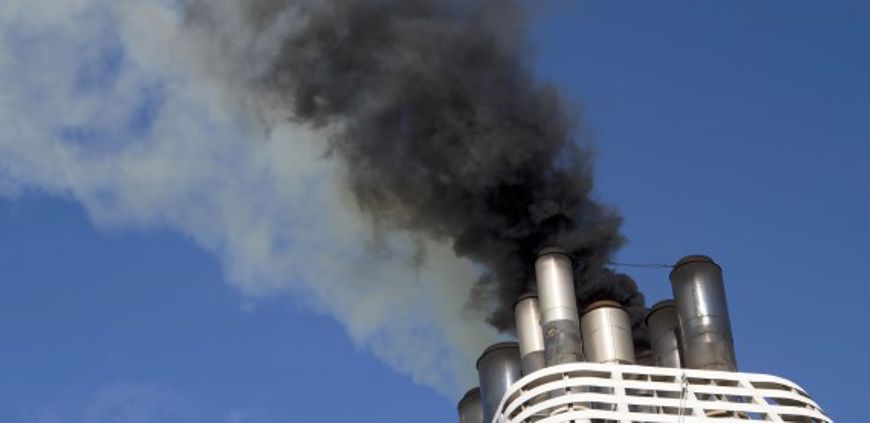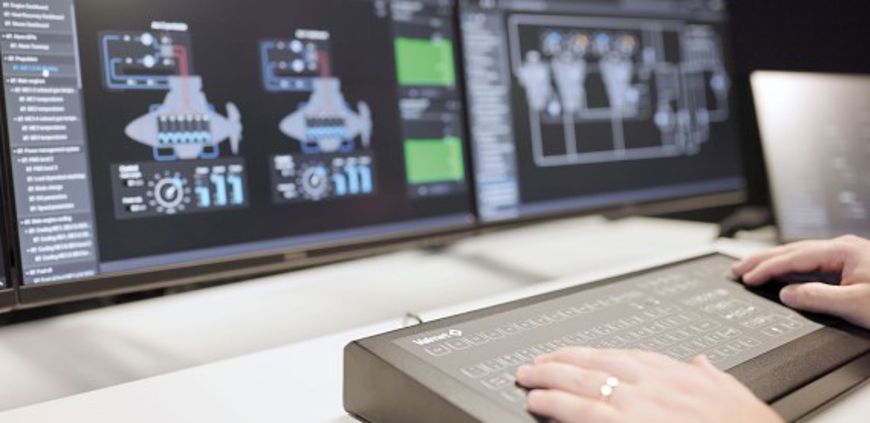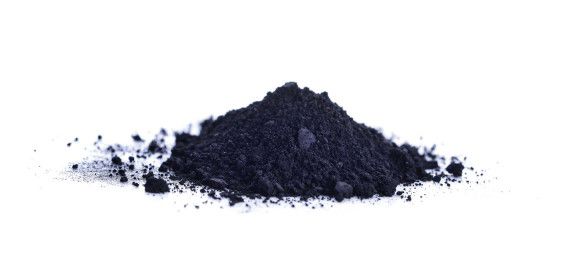Black carbon reduction on the horizon with WESP
The climate and health impacts of black carbon are driving the marine industry to make changes. The solution to the challenge is found in Valmet’s first-of-a-kind technology: a wet electrostatic precipitator (WESP).

While the world focuses on greenhouse gases like carbon dioxide and methane, black carbon has stayed under the radar. Its serious impact on human health and the environment cannot be overstated, and marine regulations are set to respond. To reduce black carbon and other particulate emissions, Valmet has developed a new product in cooperation with AWS: a wet electrostatic precipitator (WESP).

The visible plumes coming from the stack have made the cruise industry unwelcome in an increasing number of ports around the world.
Shipping under a dark cloud
“The cruise industry is already unwanted in some ports because of the plumes coming from the stack,” explains Timo Lamminen, Product Sales Manager, Valmet. “Owners have invested in a costly scrubber system to reduce SOx emissions to the level of low sulfur fuels, while still being able to use less expensive heavy fuel oil (HFO). To avoid the formation of a visible plume, they are forced to stop the scrubbers and switch to more expensive low-sulfur fuel oils when in port areas.”

Both WESP and the scrubbers will eventually be operated via the new Valmet DNA UI or existing Valmet DNA. All data can be accessed from an overview page from anywhere.
The International Maritime Organization (IMO) has also banned the use of HFO in Arctic waters from mid-2024, and this will likely result in a switch to marine gasoil, which may result in even higher black carbon emissions. “Not all shipowners know about this yet, and they may face huge pressure from environmental groups,” explains Juha Jokiluoma, Product Manager at Valmet.
WESP reduces carbon black emissions
“WESP has been used for decades in land-based industries, but this is the first time it has been applied to maritime shipping. Because there’s no marine regulation for particulate emissions, it hasn’t been necessary to reduce hazardous emissions like black carbon – the soot formed from the incomplete combustion of fossil fuels. But that’s set to change,” notes Jokiluoma.
In a pilot test, WESP with a marine scrubber reduced particulate emissions by up to 99 percent.
In a pilot test performed for Valmet by VTT Technical Research Centre of Finland, which has extensively studied black carbon, the use of WESP with a marine scrubber reduced particulate matter emissions from marine diesel engines by up to 99 percent.
Information easily accessible on board or onshore
“Both WESP and the scrubbers will eventually be operated via the new DNA User Interface or existing Valmet DNA, and the process parameters, including measured emissions, can be monitored online,” says Lars-Edin Svaasand, Product and Development Manager, Marine, Valmet.

While greenhouse gases like carbon dioxide and methane have dominated the headlines, black carbon has silently and lethally contributed to global warming.
“The browser-based technology means that all information is accessible in an easily understood overview page from anywhere on board or in the offices onshore. For example, a cruise line can get updated top-level information from each ship, track if they are in an area with strict emissions control and then optimize accordingly. They can also easily export and report data to any relevant authorities,” emphasizes Svaasand.
Toward sustainable shipping
“With the Arctic thawing and opening new routes for vessels, a spike in black carbon emissions will only increase the ice and snow melting process because it efficiently absorbs sunlight. Its ultrafine particles are also associated with premature death and lung cancer,” warns Kati Lehtoranta, Senior Scientist at VTT.

Reducing black carbon emissions will decrease the risk to human health and help to mitigate environmental damage.
“The IMO should be moving forward to limit emissions now that a definition for black carbon and three measurement methods have been agreed. It’s also easier to write regulations when there are technologies that offer a solution,” she states.
For Jokiluoma, the path to legislation will mirror the introduction of scrubbers: “The Baltic, US–Canada coastline and Caribbean were regulated first because cruise ships operate there. It then became a global regulation,” Lamminen agrees, adding, “It’s our duty to achieve emission-free shipping – otherwise we won’t have a planet.”
Text Asa Butcher
Capturing emissions with ionization
Valmet’s WESP unit captures exhaust gas and other harmful emissions by generating a strong electrical field that ionizes particulate matter, which then migrates towards the surfaces of the collector tubes with water droplets.
Periodical flushing of the wet effluent maintains the system’s high performance – this can be accomplished with the use of an existing Sox scrubber’s discharge water or treated separately in a dedicated water treatment system.
Testing to simulate real-life operations
Valmet’s concept to create more eco-friendly shipping by simultaneously installing both a closed-loop marine scrubber and a WESP had never been attempted before. To support this goal, a partner was needed to research, pilot test, and configure the setup. The natural choice was VTT.
The Finnish state-owned research and technology organization has worked closely with many of Valmet’s business units and has been engaged in marine-related black carbon research for over a decade.
“We’ve previously studied different technologies that looked to reduce black carbon emissions, but this was the first time we’ve tested a combination of heavy fuel oil (HFO) and a scrubber. When it comes to science, we remain neutral. However, that doesn’t mean we aren’t excited about the work we do, especially on a project like this that had extremely good results,” says Jaakko Kuusisaari, Customer Account Lead at VTT.
In varying conditions imitating real-life sea operations, particle matter (PM) emissions decreased by more than 98.5 percent, both in terms of number and mass, while black carbon emissions decreased by more than 99 percent, even in HFO use at moderate and high loads. A lower engine load (30 percent) saw a higher PM reduction at over 99 percent and black carbon reduction at over 99.5 percent.
The PM emission results not only complied with EU regulations Stage V and Euro VI but were well below the typical emission limits used in land-based industries.